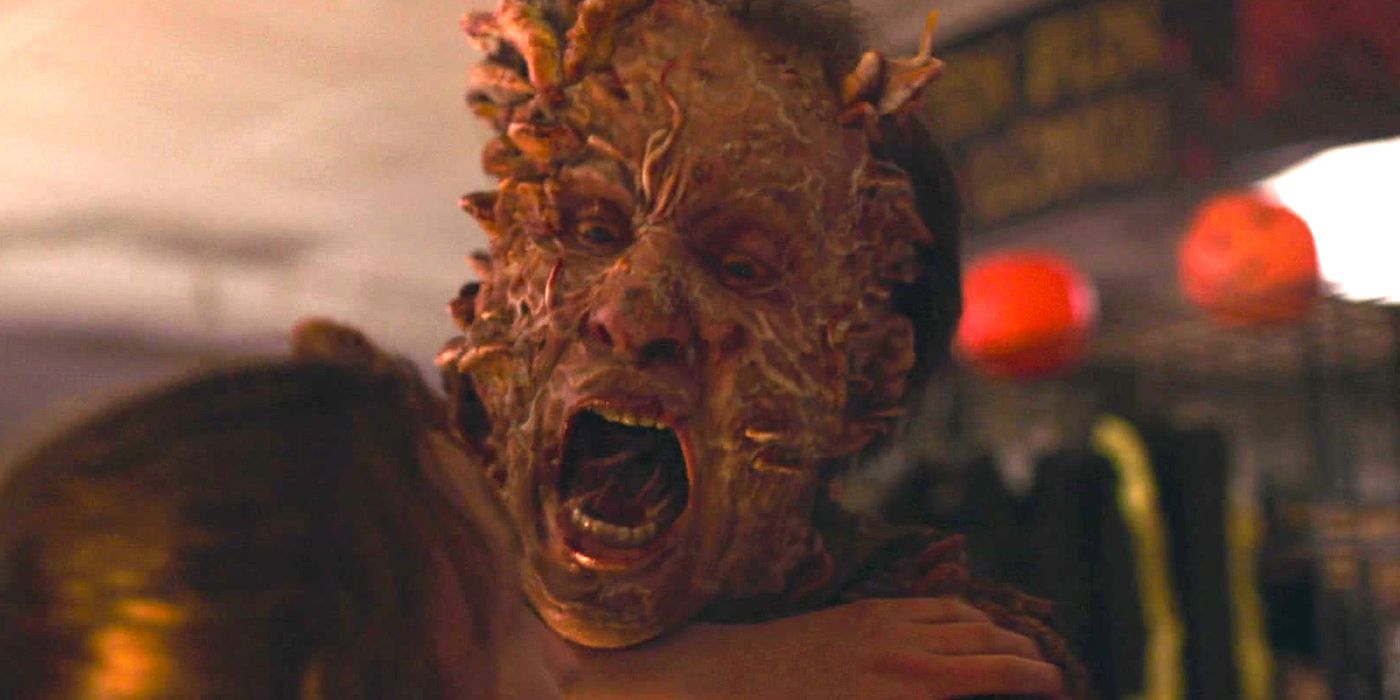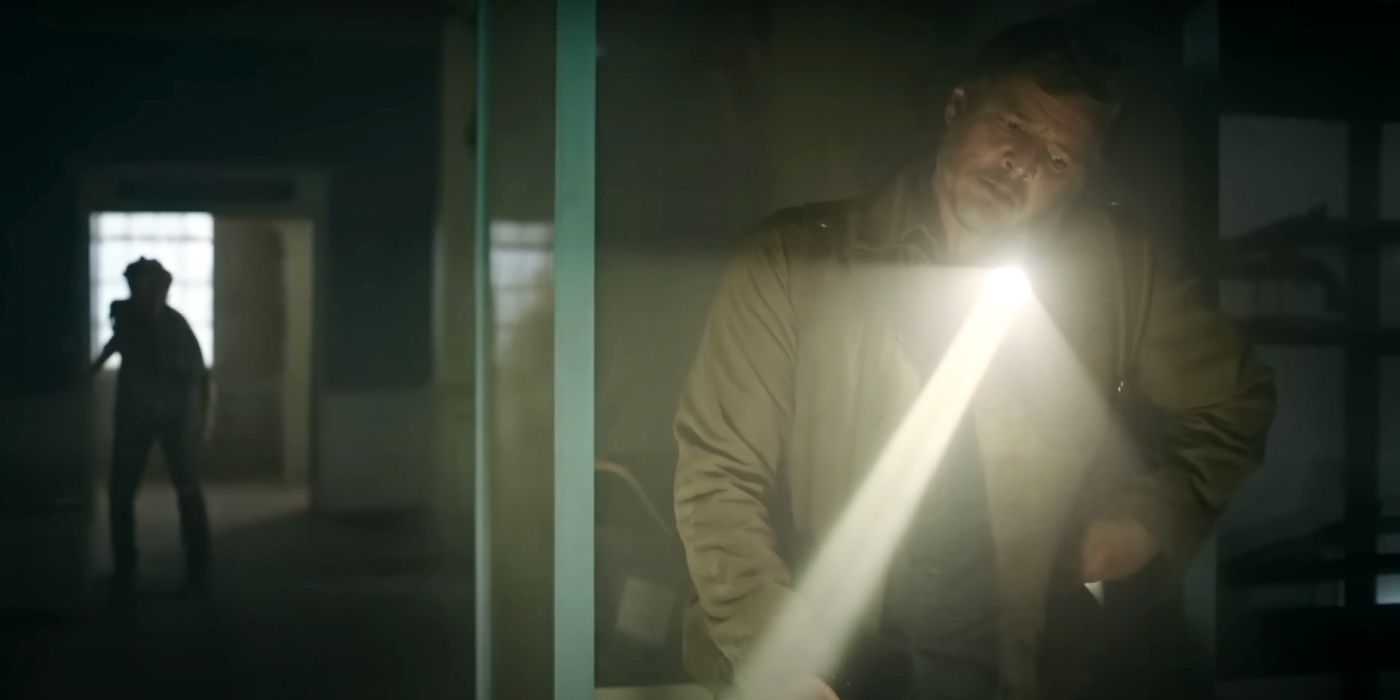The Last of Us co-creator Craig Mazin is opening up about the on-set ban of the word "zombies". As a show featuring a post-apocalyptic landscape set 20 years after a worldwide outbreak, The Last of Us has its fair share of mindless man-eating monsters. With humanity trapped in isolated pockets, the majority of the world has devolved into open fighting, small groups of fascist dictatorships, and the occasional somewhat-peaceful commune.
Yet simmering beneath it all is the threat of the infected. Every one of the show's monsters has come into contact with the Cordyceps fungus, which tears through their minds and begins to control them. While they function the same way that zombies do, earlier reports indicated that the word "zombie" was completely banned from the set of The Last of Us. Yet Mazin disputes the claim that he and his fellow co-creator Neil Druckmann banned the word during a recent press conference Screen Rant was in attendance of. Check out his quote below:
Which I did not do, and I call them zombies all the time. [Laughs] I don't know what Eben was talking about, we call them zombies all the time, because it's funny. So, obviously, part of the adaptation process is trying to figure out how to take source material that was built around gameplay, and port it over to a medium that is passive. A lot of the gameplay is centered on NPCs that you have to get around, either avoid, or stealth kill, or just confront head on. That's sort of your choice when you're playing, and the NPCs were either raiders or cannibals, or FEDRA, or they were the infected. So, there's a lot of fighting, I don't know what your ultimate kill count is on a typical run of The Last of Us, but it's in the triple digits for sure.
Does The Last Of Us Have Zombies?
Despite the fact that the infected look and act like zombies, they really aren't. Rather than being a viral infection that surfaces after death, the Corcyceps fungus leaves its hosts alive. That makes it a very distinct contagion, given that most zombie shows feature fully dead zombies only seeking to consume human flesh, rather than simply looking to stay alive.
While it may have terrified Sam prior to his transformation, the infected also retain their minds to some extent, rather than dying completely. The Cordyceps infection has distinct stages, which helps set it apart and add a feeling of genuine science to the story, even if it's largely fictional. Between runners, clickers, and bloaters, the show offers a wide variety of zombies, making them easy to set apart from most zombie infestations, which typically consist of hordes and little else.
However, while there are some small distinctions, Mazin is right that they are all fairly superficial and can be easy to overlook. Calling the infected "zombies" may be somewhat wrong, but it is such a minor mistake that it's hard not to overlook it. The Last of Us' fungal infection may be real, but it doesn't actually create zombies, so calling the fictional infected by one word or another doesn't really matter.


